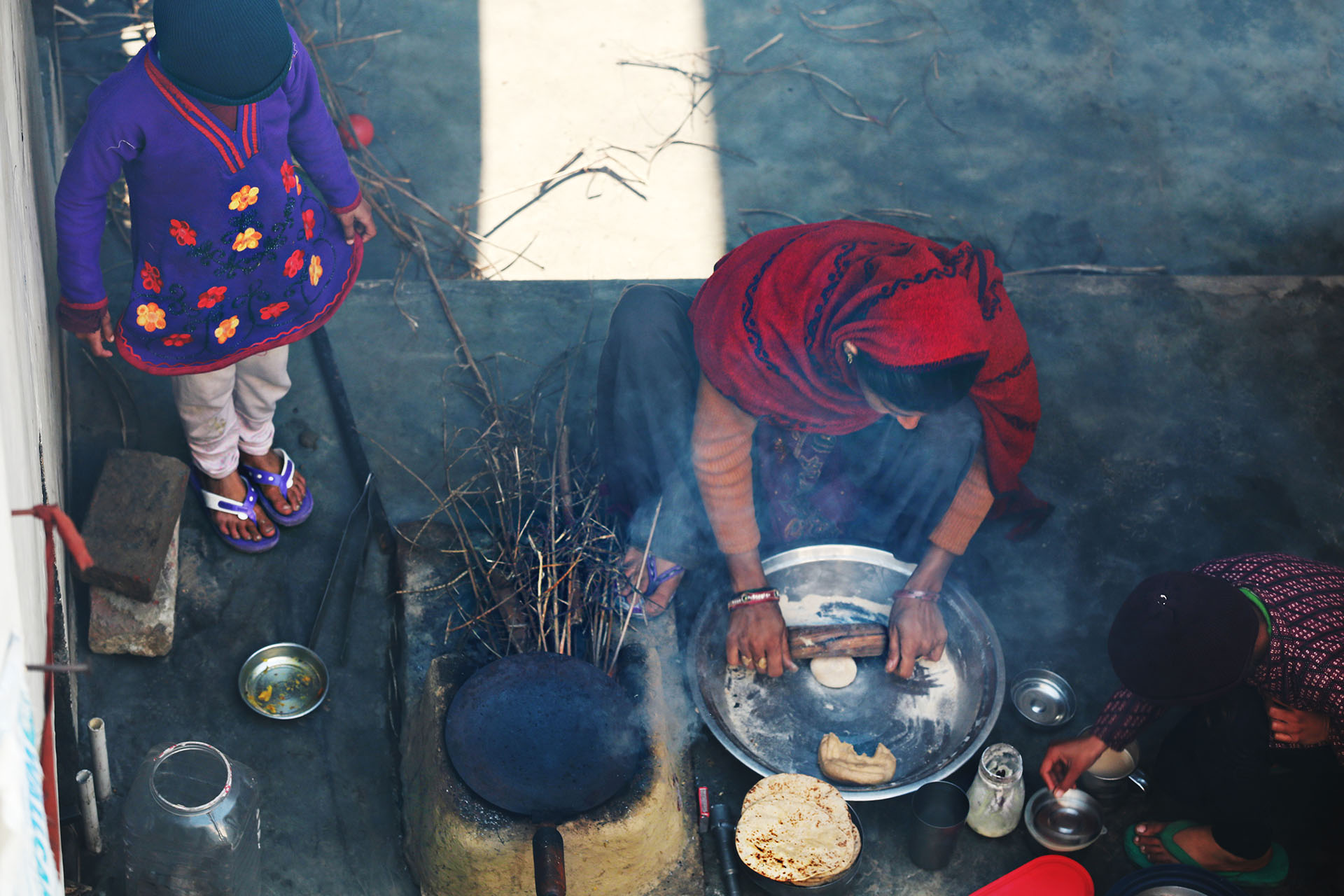Air pollution is a massive topic of conversation in India. Delhi, after all, is the world’s most polluted capital city. And with each passing year, the news seems to get grimmer and grimmer.
My home is further south in Pune, Maharashtra, where I’m lucky to live with relatively clean air and a clear view of the blue sky most days of the year. But I’ve made several trips to Delhi since 2016, many of them during peak pollution months. On arriving, your eyes water and your head aches. Your nose is left with no other option than to inhale the pungent air. Visibility is starkly reduced and all you can see is haze, sometimes so bad that you can’t see what is a few feet away, let alone the sky. Little wonder that the topic takes over headlines in both domestic and international news during the peak months from November to December.
Yet, even as a reporter with a focus on the health beat, I was caught by surprise when a Lancet study came out in December 2018 that claimed indoor air pollution in India could be as bad or worse than outdoor pollution. How could this be possible, given how apocalyptic the outdoor pollution felt?
Then I remembered my grandmother’s village in southern India. I thought of all the women I had seen in poorly ventilated, smoky kitchens, never really giving it a second thought – women whose needs and experiences stay in the margins, as my reporting has taught me over the years. I started to understand how indoor air pollution could be at such dangerous levels, yet remain invisible.
Until recently in India, much of the cooking took place over firewood – the practice still continues today, especially in rural areas. Women were told they lived better lives because they had the privilege of breathing in “healthy smoke”, while they cooked meals for large intergenerational families. This was a very literal form of gaslighting, one that might be familiar to those who grow up in highly patriarchal societies.
I’ve come across broad, dangerous generalizations when it comes to women in other health issues too. “Women don’t get heart attacks”. Or, “women can’t have depression”, because it’s men who are tasked with the responsibility of running the family – what do women have to worry about, that they would be depressed?
Engaging with health data in India has meant peeling off layers of misinformation I grew up with and discovering the extent to which women’s realities are first denied, then ignored. And when they are finally acknowledged, there’s barely any noise about it.
In my latest piece for The Fuller Project, I had the chance to unpack what we know about the impact of air pollution on women’s reproductive health. Given that South Asia has the world’s worst air quality, it baffles me that there is barely a whimper about the impact on women despite increasing scientific evidence.
I see few stories about the topic, and few women protesting on the streets demanding policies to bring about better air quality. For me, this piece was an opportunity to put together insights from years of engaging with the emerging scientific research in a way where all my identities came together: as a journalist, a resident of the region breathing in this polluted air, and as a woman intimately familiar with our lived realities.


 Disha Shetty
Disha Shetty
